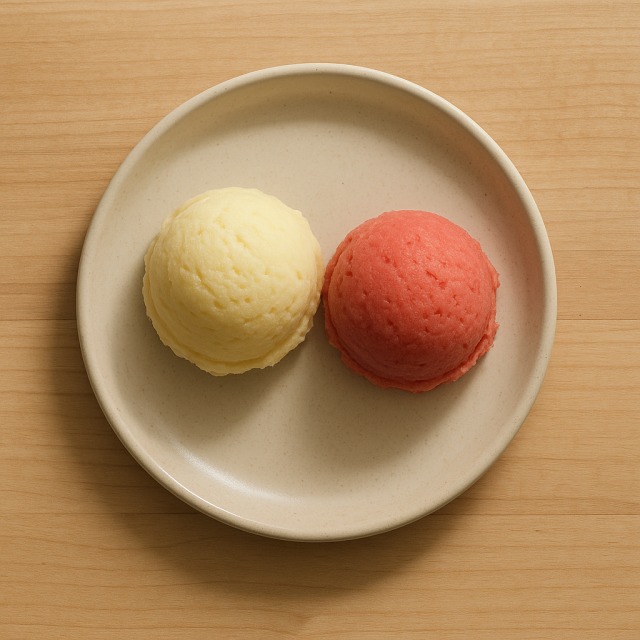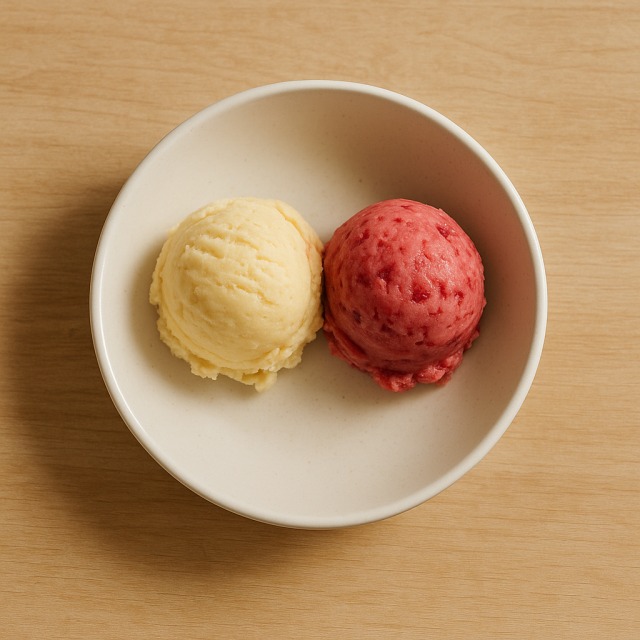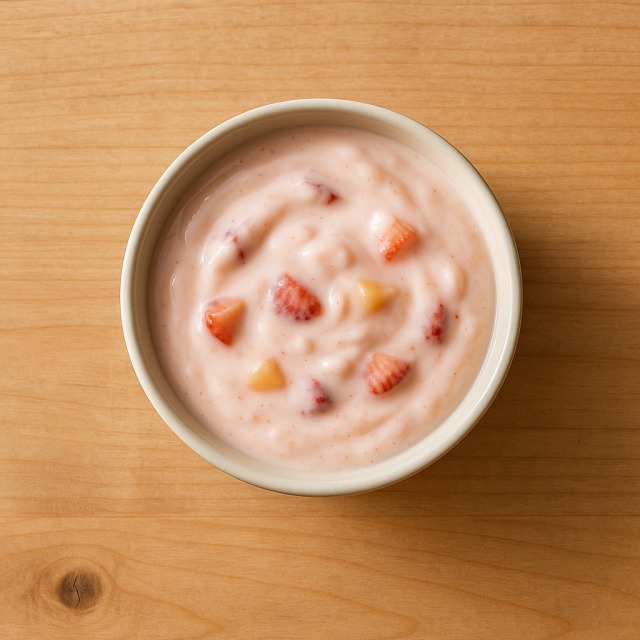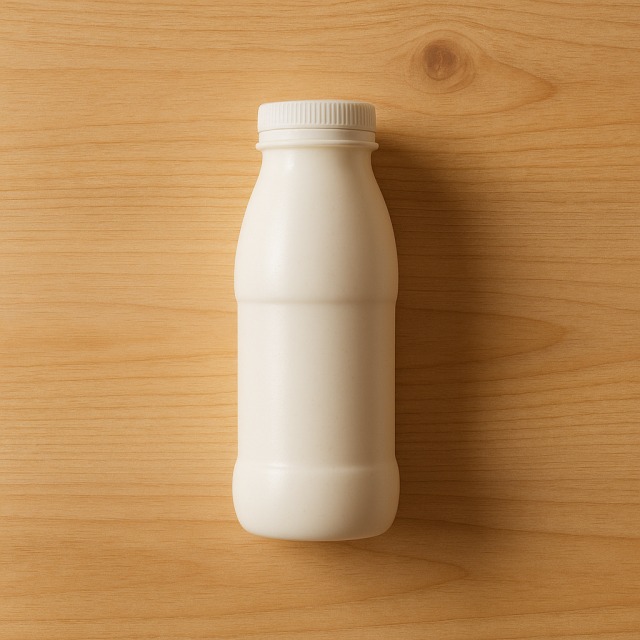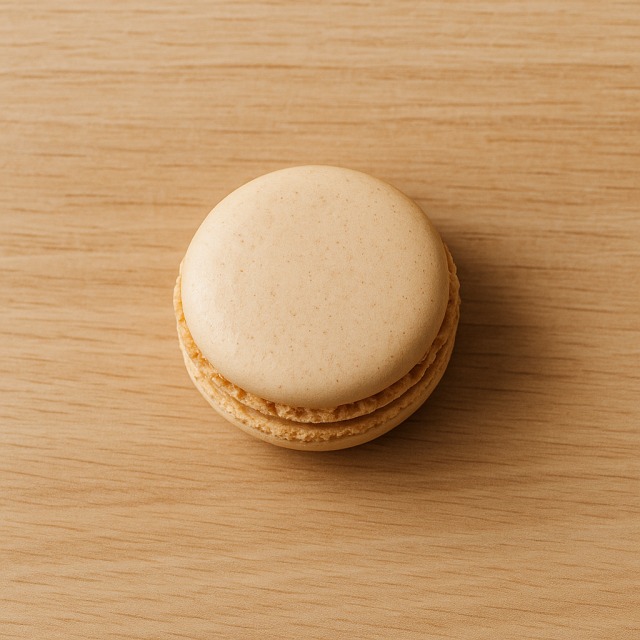Calorie Chart / Desserts / Ice pop
How Many Calories Are in Ice pop?
Calculation of the nutritional value & Recommended Dietary Intake of ice pop
For ml and a calorie requirement of kcal
| Calories 45 kcal | Proteins 0 g | Lipids 0 g | Carbohydrates 11 g |
| 2% | 0% | 0% | 4% |
Health benefits of ice pop
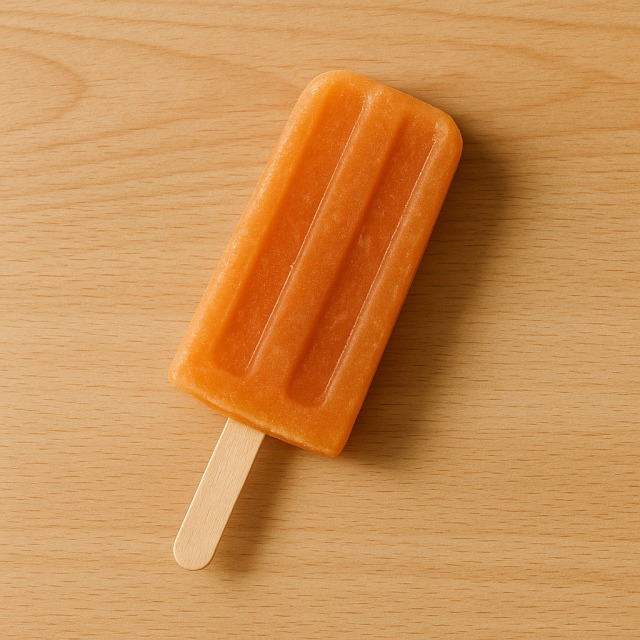
Ice pop - 100ml
Calories 90 kcal
Proteins 0 g
Lipids 0 g
Carbohydrates 22 g
With only 90 calories per 100 g, the ice pop is clearly in the low-calorie category, especially when compared with classic ice cream or a sugary milkshake. These modest calories make it an attractive snack for anyone counting calories, whether the goal is to cut calories for weight loss or simply to keep daily calories under control.
Because an ice pop is made up mainly of water and fruit juice, it helps with hydration while adding very few lipids and absolutely no proteins. When prepared with citrus or berry juice, it can provide small amounts of vitamin C and polyphenols, but its real benefit is the combination of refreshment and low calories. The cold temperature can also create a slight thermogenic effect, meaning your body burns a handful of extra calories to warm back up—although this remains a supposed benefit rather than a clinically proven one.
Invented in the early 20th century by accident when a lemonade-filled cup and stick were left out overnight in the frost, the ice pop quickly became a summer staple. Its long history as a portion-controlled treat explains why it is still recommended today to satisfy a sweet craving without blowing up your calorie budget.
Tips for incorporating ice pop into a balanced diet
To keep calories in check, choose fruit-based ice pops with no added syrup and enjoy them as a dessert after a light lunch such as grilled chicken breast with steamed broccoli. This combo keeps overall calories low while supplying proteins and fibre that an ice pop lacks.
If you prefer a snack, pair one ice pop with a handful of almonds or a pot of light yogurt. The healthy fats and proteins slow sugar absorption and prevent the quick rebound hunger that pure sugar calories can create.
For a colourful summer dessert plate, serve assorted ice pop slices alongside a bowl of fruit salad and chilled cubes of watermelon. The extra volume lets you eat more food for very few extra calories, keeping total calories for the meal pleasantly low while adding vitamins, minerals, and antioxidants.
Frequently Asked Questions
- How many calories are in an ice pop?
- An ice pop provides 90 kcal per 100 g.
- Are ice pops good for weight loss?
- Yes, their 90 kcal per 100 g makes them a low-calorie choice; replacing higher-calorie desserts with an ice pop can reduce daily calories without feeling deprived.
- Do ice pops hydrate you?
- The high water content helps hydration, but remember that the small amount of sugar still counts toward daily calories.
- How can I make an even lower-calorie ice pop at home?
- Blend sparkling water, fresh lemon juice, and a touch of sweetener, then freeze. You can drop the calories to under 40 kcal per 100 g, a great trick for cutting calories further.
- Ice pop vs. ice cream: which has fewer calories?
- Standard vanilla ice cream averages 200–220 kcal per 100 g, more than double the 90 kcal in an ice pop, so an ice pop clearly wins the calorie comparison.
Similar foods
Information provided by Calorie Menu may contain inaccuracies or errors. It cannot, under any circumstances, substitute medical advice or medication.

